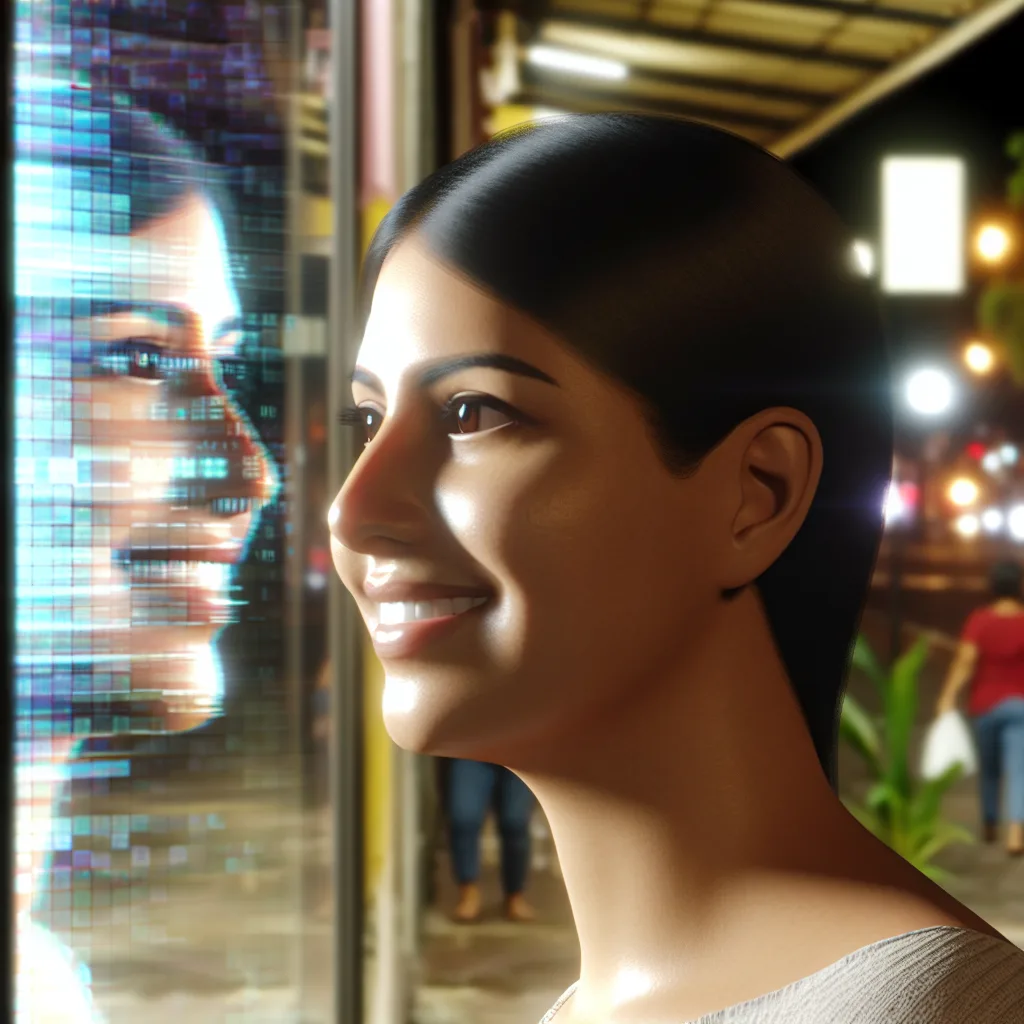We see the mind-blowing demos and the uncanny failures. So what’s the real story with AI video generation today? Let’s take a closer look.
I was scrolling through my social media feed the other day when a video stopped me dead in my tracks. It was a short, cinematic clip of a bustling city street. It looked incredibly real—the way the light hit the pavement, the movement of the people—but something was just a little… off. A person’s hand seemed to have one too many fingers for a split second, and a car in the background moved in a way that didn’t quite obey the laws of physics.
It made me think about the current state of AI video generation. We see these incredible demos and viral clips that look like magic, but we also see these strange, uncanny imperfections. It begs the question: how good is this technology, really? Are we living in the future, or are we just getting good at spotting the glitches in the matrix?
The ‘Wow’ Factor of Modern AI Video Generation
Let’s be honest, the progress in the last year or so has been staggering. Tools like OpenAI’s Sora and Google’s Veo have shown us glimpses of a future where you can type a sentence and get a breathtakingly realistic video clip. They can create scenes with complex camera movements, consistent characters, and specific artistic styles, all from a simple text prompt.
For creators, this is huge. Imagine being able to visualize a scene for a film without needing a massive budget, or creating a unique animated short without a team of animators. The potential is undeniable. These tools are getting incredibly good at understanding the relationship between objects, the texture of materials, and the general vibe of a scene. When they work, they really work, producing clips that are often indistinguishable from reality at first glance.
The Uncanny Valley: Where AI Still Stumbles
But then you look closer. Just like the video I saw, the cracks start to appear. This is where we get into the “lazy creator or AI limitation?” debate. And the truth is, it’s a bit of both.
The current models, as powerful as they are, still have some fundamental hurdles to overcome:
- Understanding Physics: AI doesn’t inherently understand gravity or cause-and-effect. It has learned to mimic it by analyzing countless videos, but sometimes it gets it wrong. That’s when you see a ball bounce unnaturally or a wave crash in a weird way.
- Object Permanence: An AI might create a person wearing a hat, but a few seconds later, the hat might vanish or change color. It struggles to keep track of objects consistently throughout a longer clip.
- The Details: Hands, faces, and text are notoriously difficult. The AI can generate a beautiful portrait, but the person’s reflection might be distorted, or the book they’re holding might be filled with gibberish text.
So, when you see a flawed AI video, it’s not always because the creator was lazy. More likely, they generated dozens of clips and picked the one that was least weird. Getting a perfect, flawless result still requires a huge amount of luck and skillful prompting.
Beyond the Hype: Is AI Video Generation a Tool or a Threat?
This naturally leads to the bigger conversation about whether this technology is dangerous. The potential for creating convincing misinformation or deepfakes is a serious concern, and it’s something society needs to address with transparency and clear ethical guidelines. Reputable organizations like the Electronic Frontier Foundation (EFF) are actively discussing these challenges and advocating for responsible development.
However, it’s also important to see this as a powerful new creative tool. Photography didn’t replace painting; it just created a new art form. AI video generation likely won’t replace traditional filmmaking entirely, but it will empower a new wave of artists, indie filmmakers, and storytellers. It can democratize video creation, allowing people with great ideas but limited resources to bring their visions to life.
Right now, AI video is in a fascinating, slightly awkward phase. It’s like a brilliant teenager who can solve complex calculus but still trips over their own feet. It’s capable of creating moments of pure magic and moments of bizarre, uncanny weirdness. The next time you see an AI-generated video, look past the initial “wow” and see if you can spot the glitches. It’s a great reminder that while this tech is advancing at an incredible pace, there’s still a very human touch needed to make it truly great.
